Artificial IntelligenceTocInformatikEnglisch
Veröffentlicht
Autor Tohfa Siddika Barbhuiya
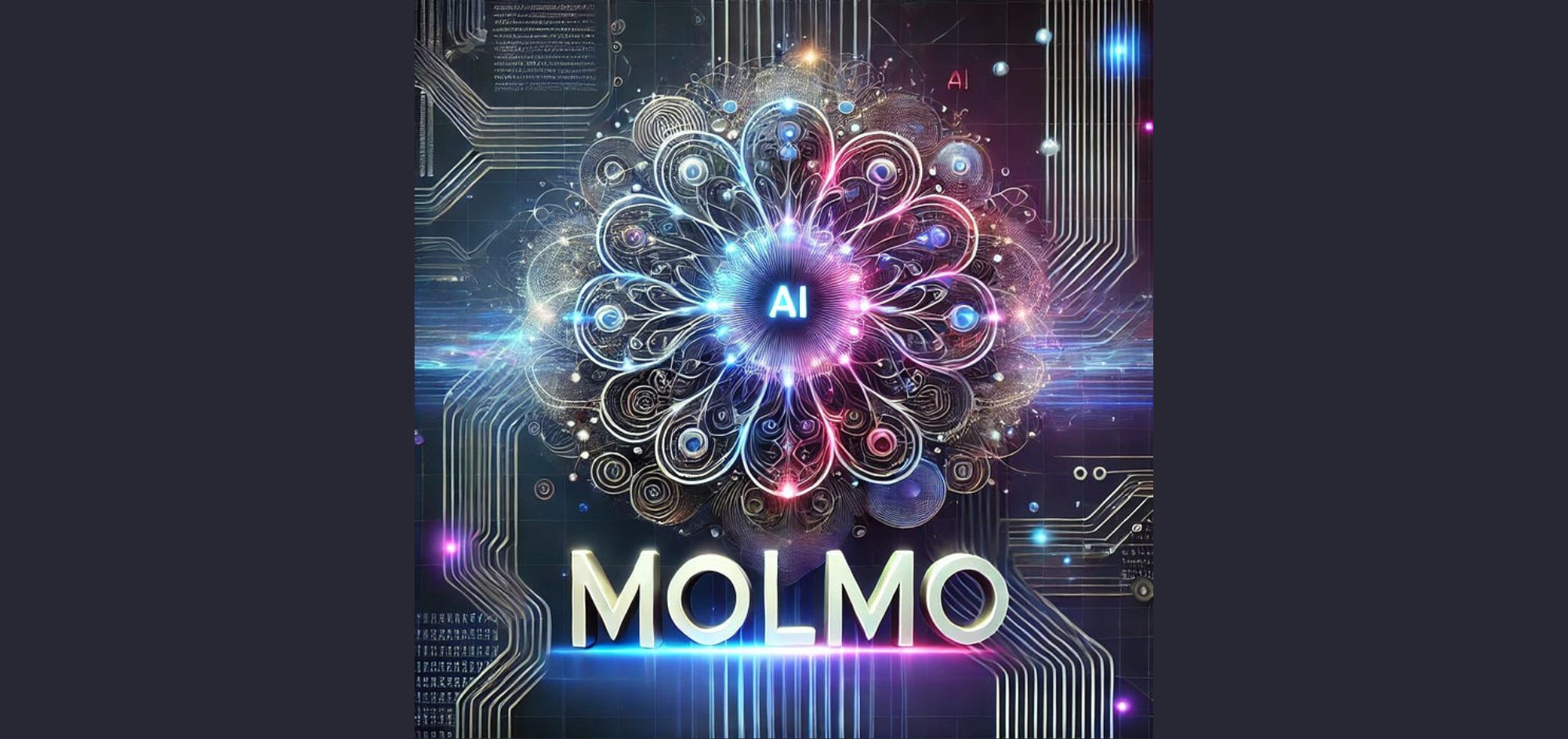
Solutions for Text and Visual Intelligence

Solutions for Text and Visual Intelligence

Let’s explore the GLUE benchmark!
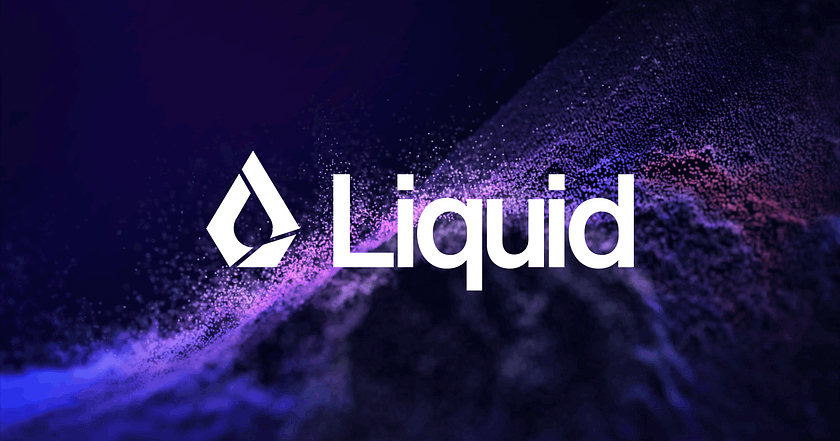
How Non-GPT Architectures Are Surpassing Leading Transformer-Based Large Language Models
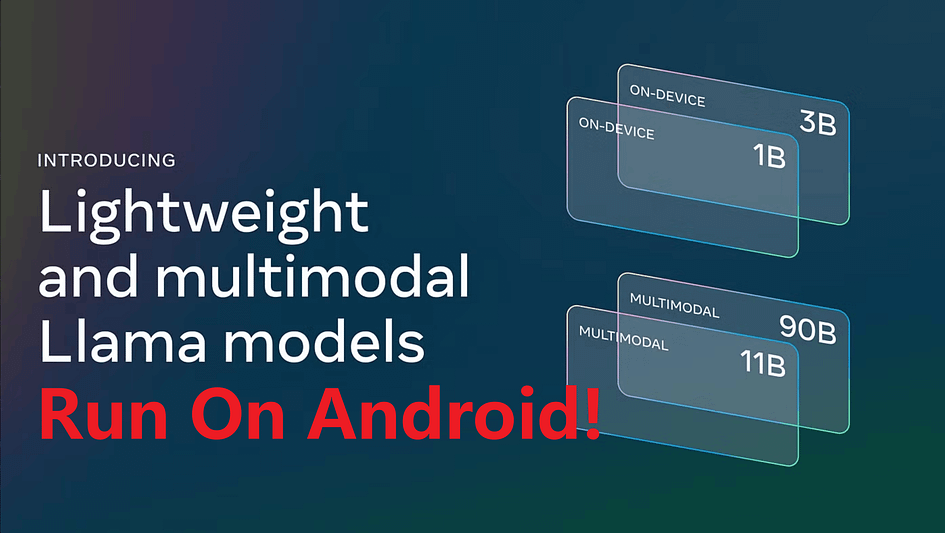
A Step-by-Step Guide to Running Llama 3.2 and Other Large Models on Android Using Ollama

Exploring the New Frontiers of Llama 3.2
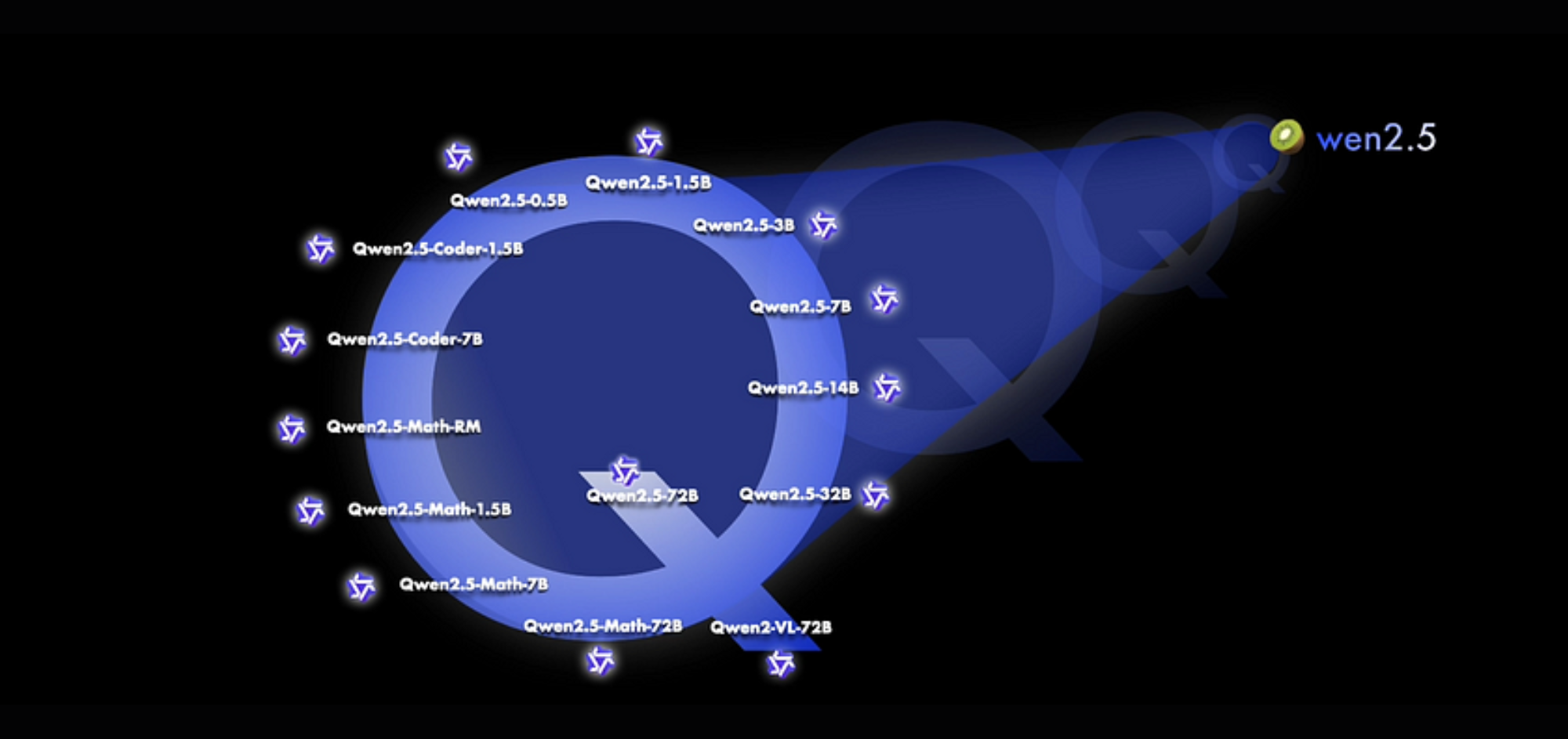
Let’s try Qwen2.5 together!

Transforming the Future of Film and Music

How Perplexity AI Transforms Search and Knowledge Exploration

Exploring whether OpenAI’s O1 models represent a true breakthrough in AI reasoning or just incremental progress
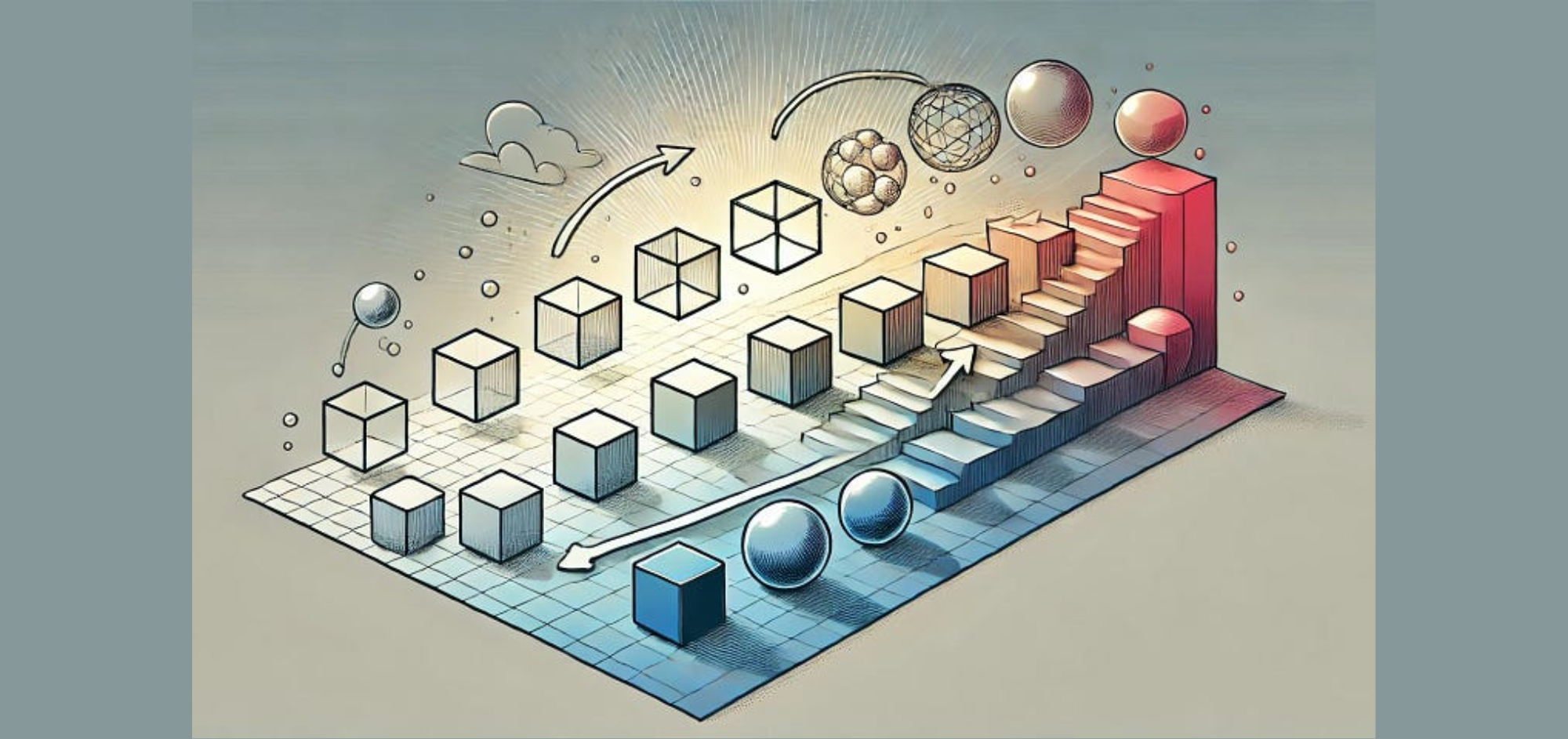
Discover the Power of Stable Fast 3D